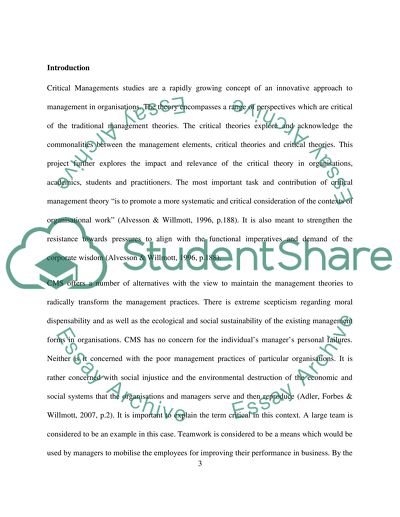Cite this document
(“Critical Management Theory (CMT) Explain Marx theories and how they Essay”, n.d.)
Retrieved from https://studentshare.org/environmental-studies/1405791-critical-management-theory-cmt-explain-marx
Retrieved from https://studentshare.org/environmental-studies/1405791-critical-management-theory-cmt-explain-marx
(Critical Management Theory (CMT) Explain Marx Theories and How They Essay)
https://studentshare.org/environmental-studies/1405791-critical-management-theory-cmt-explain-marx.
https://studentshare.org/environmental-studies/1405791-critical-management-theory-cmt-explain-marx.
“Critical Management Theory (CMT) Explain Marx Theories and How They Essay”, n.d. https://studentshare.org/environmental-studies/1405791-critical-management-theory-cmt-explain-marx.


